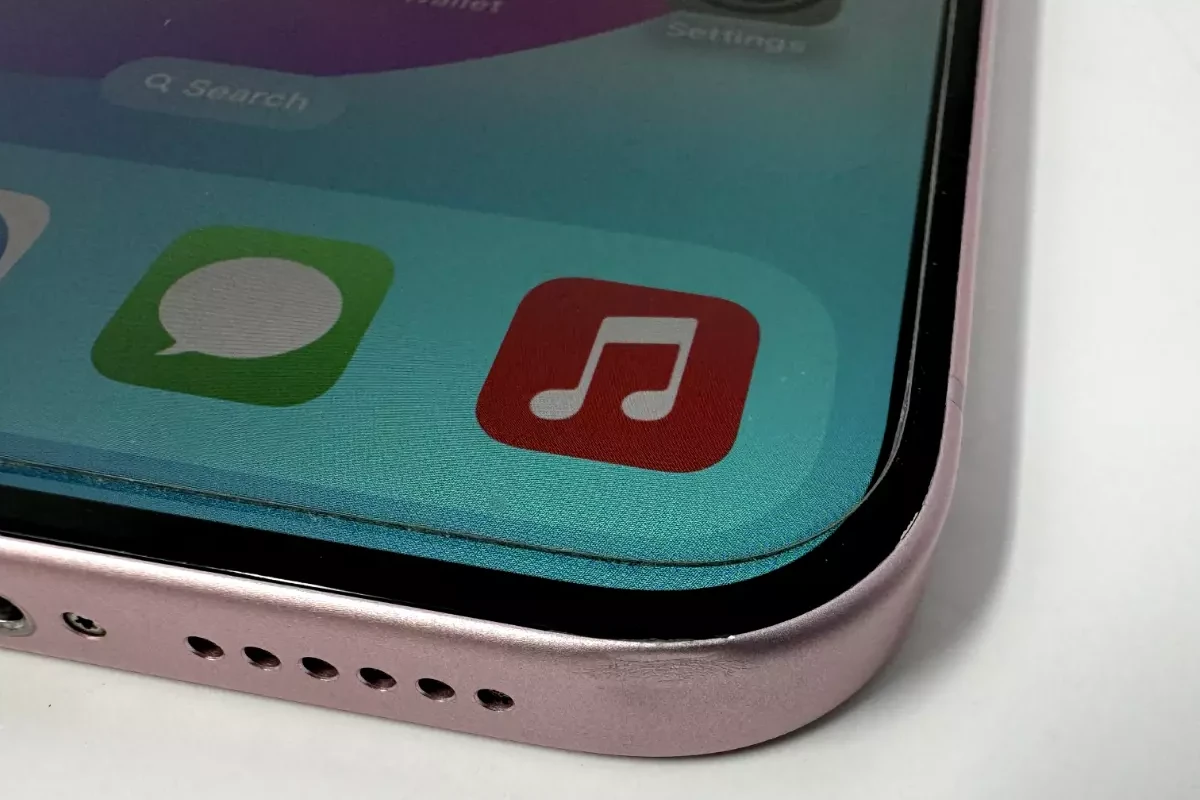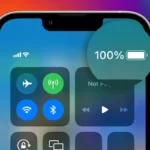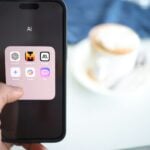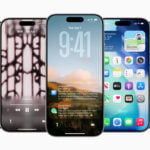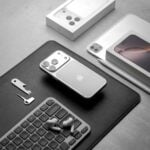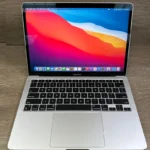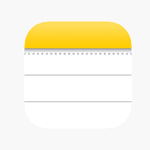Ensuring optimal sound quality and an overall excellent audio experience requires maintaining the cleanliness of iPhone speakers. Over time, speakers can accumulate dust and debris, which can muffle the sound coming from your device. Regular cleaning is simple and can be done at home to prevent buildup and keep the sound crisp. It is crucial to choose tools for speaker maintenance carefully to safeguard the delicate components from damage.
The basic toolkit should include soft brushes, air blowers, or cotton swabs with rubbing alcohol, each used in a specific way to effectively clean without introducing moisture that could harm the iPhone’s electronics.
Revitalize Your iPhone’s Sound: Cleaning Your Speakers
Grime and debris buildup in your iPhone’s speakers can impact sound quality, making music and phone calls muffled or distorted. Before you head to the repair shop, here’s a simple guide to cleaning your iPhone speakers and restoring their clarity.
Essential Cleaning Tools
Gather these items before you start:
- Soft-Bristled Brush: A clean, dry makeup brush or a new, soft toothbrush works well.
- Toothpick: A wooden or plastic toothpick can help dislodge stubborn debris.
- Painter’s Tape: This gentle tape is handy for picking up finer particles.
- Compressed Air (Optional): A short, gentle burst can sometimes remove loose dust.
- Microfiber/Lint-Free Cloth: For cleaning any smudges on the phone.
Cleaning Your iPhone Speakers
Follow these steps carefully:
- Brush Gently: Use the soft-bristled brush to sweep over the speaker grilles, paying attention to corners. Angle the brush to dislodge debris, not push it further in.
- Toothpick Technique: If needed, use the toothpick very gently at the edge of the speaker holes to lift out stubborn gunk. Avoid excessive pressure.
- Tactile with Tape: Form a small loop of painter’s tape, sticky side out. Gently dab it on the speaker grille to remove remaining particles.
- Compressed Air (With Caution): If readily available, a short, gentle burst of compressed air can help dislodge any dust. Keep it at a distance and avoid strong blasts.
Important Precautions
- No Liquids: Never use water, alcohol, or other cleaning solutions, which can damage your iPhone’s speakers.
- Be Gentle: Avoid inserting the toothpick too deep, and never use sharp metal objects.
- If in Doubt, Seek Professional Help: If your speakers remain severely clogged or sound distorted after cleaning, consult an Apple Store or authorized repair center.
Key Takeaways
- Regular cleaning maintains sound quality and audio experience.
- Use soft brushes or air blowers for safe maintenance.
- Keep iPhone speakers dry during cleaning to avoid damage.
Preparing to Clean Your iPhone Speaker
Proper preparation can prevent damages to your iPhone speaker. Turn off your iPhone before cleaning to assure safety.
Safety Precautions
It is important to avoid liquid when cleaning your iPhone speaker because moisture can cause damage. You should use only tools that are gentle on the delicate parts of the speaker. Do not insert any sharp objects into the speaker grille.
Gathering Necessary Tools
You will need the following items:
- Comprehensive Air: A can of compressed air with a nozzle to blow away loose debris.
- Toothbrush: A clean, soft-bristled brush to dislodge any sticky particles.
- Rubbing Alcohol: A small amount for cleaning, if needed. Use this sparingly.
- Masking Tape: A piece of painter’s tape can lift away any stubborn dust.
Before applying any cleaning solution or using the compressed air, check Apple Store recommendations for specific advice on your iPhone model.
Cleaning Steps for iPhone Speakers
In this section, readers will learn how to remove debris and maintain the clarity of their iPhone’s audio by following these specific cleaning steps.
Removing Surface Debris
Users begin with the exterior cleaning of their iPhone speakers to clear out any visible dust or lint. Using an air blower, gently direct short bursts towards the speaker grills, ensuring a safe distance to prevent damage from excessive force. This step dislodges loose dirt without the harshness that compressed air might deliver.
Addressing Clogged Speaker Ports
When the speaker ports are clogged, sound quality may decrease. Carefully utilizing a soft brush with soft bristles can help in dislodging trapped debris. Brush across the speaker grills at an angle, which allows bristles to reach into the crevices and remove buildup effectively. If residue remains, gently applying the edge of a wooden or plastic toothpick can help clear out the ports without harming the delicate components inside.
Finalizing the Cleaning Process
Once the more substantial particles are removed, a final detail touch can be given with a cotton swab lightly dampened with rubbing alcohol. Swipe gently over the speaker grills to collect any leftover debris and dissolve stubborn residues. After this process, let the speakers air dry completely before using the device to play audio. Performing these steps regularly can help maintain the iPhone’s sound quality and prevent issues related to speaker blockage.

